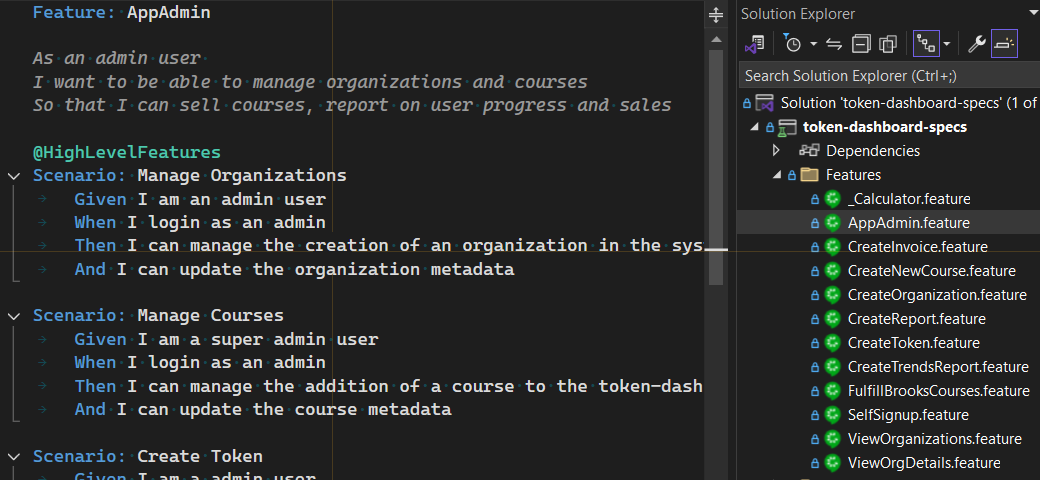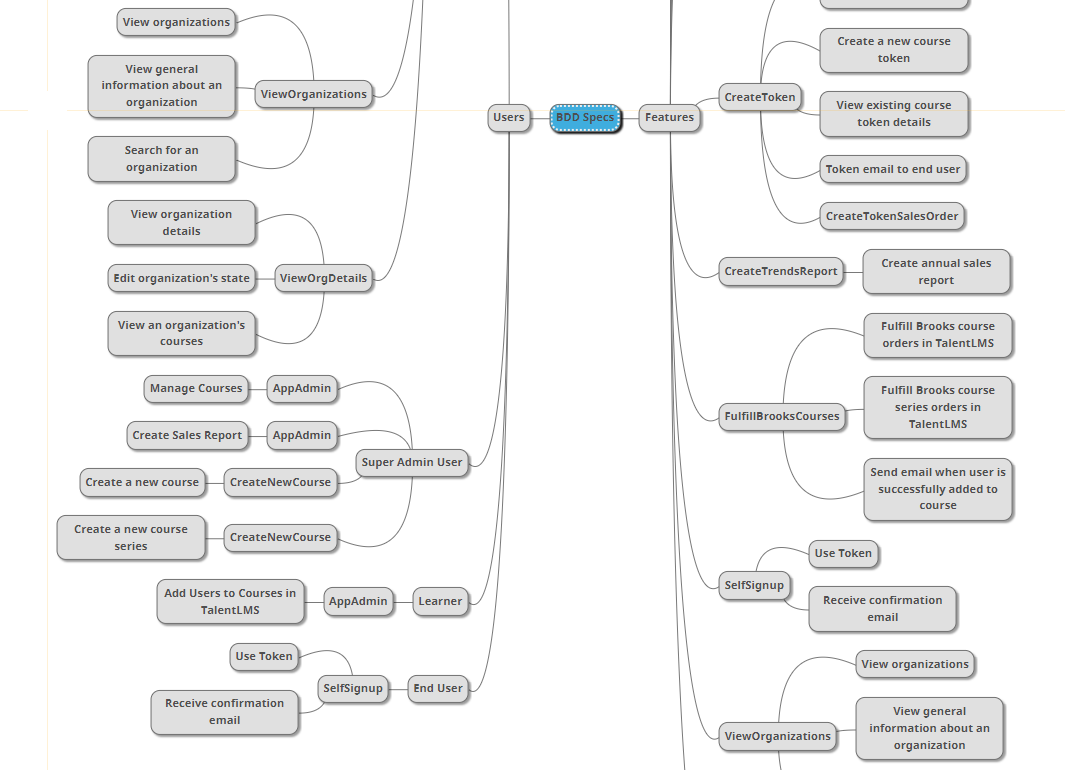From BDD Specs to Mind Maps
Using Copilot to generate Mind Maps from Specs
Two of my preferred technologies for software engineering are Behavior Driven Design (BDD) and system visualization using Mind Maps. As a visual learner, I find that scanning through BDD specification files is adequate, but not ideal. I prefer a visual representation of the system outlined in the specifications to grasp its overall structure. Recently, I attempted this with Copilot and was pleased with the outcome. Here is that process:
As a visual learner, I need to generate a Mind Map from specs, so I can build a mental model for the system.
Given a set of feature files, when I pull them into Copilot, and provide the proper prompts, I can generate a mind map file that will be viewable in mind mapping software.
I'll be using Copilot Pro for this example, although it also works with ChatGPT. When navigating to https://copilot.microsoft.com, I prefer using the Notebook tab which allows me to iterate on the prompt, input extensive context, and then generate the results in one go.
I possess a collection of feature files designed to map the functionalities of an existing system, which we plan to transition onto our standard platform. These were crafted by my colleague, potentially with AI assistance, from the current codebase. I intend to transfer these into my Copilot notebook and then introduce them with an appropriate prompt.
Initial versions of my "generate a mind map" prompt produced a text outline. Seeking a portable file format, I chose Freemind, which is compatible with most mind mapping software. The elementary map displayed features as top-level nodes. However, to visualize the user types within the system, I incorporated that detail into the prompt. The resulting mind map proved to be very helpful.
I've quickly developed a comprehensive mental model of the system in the form of a mind map.





